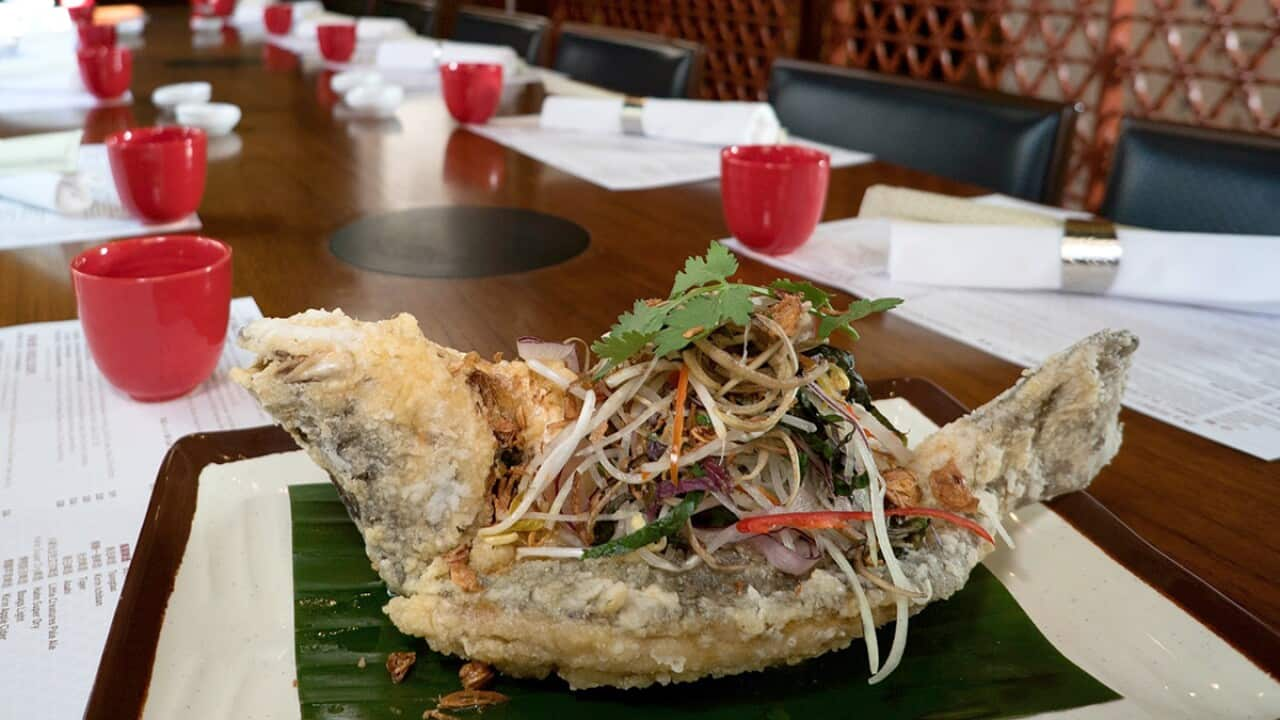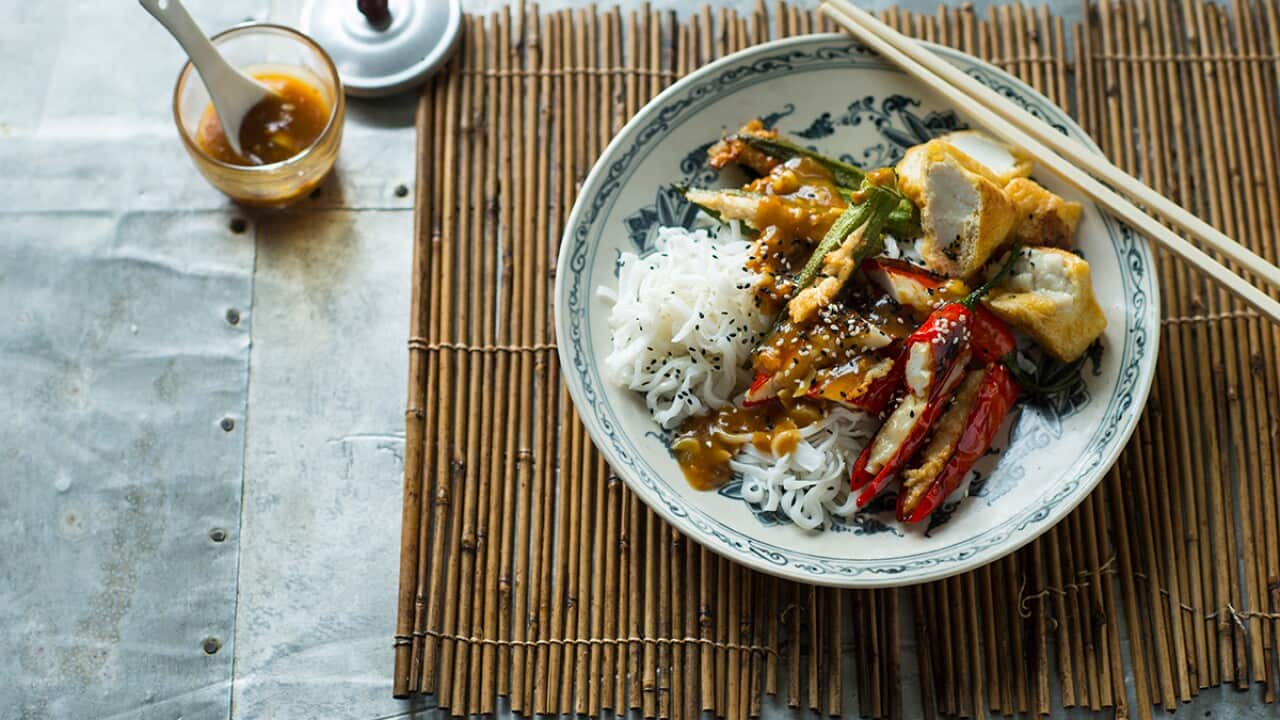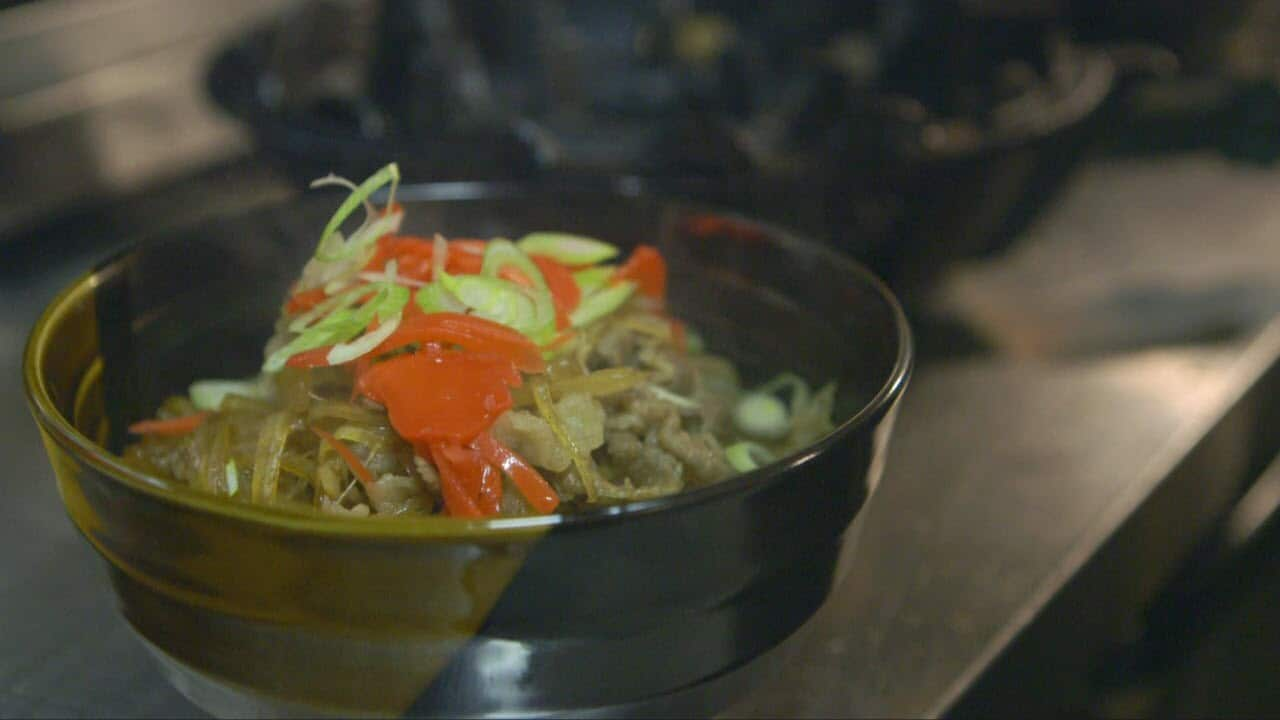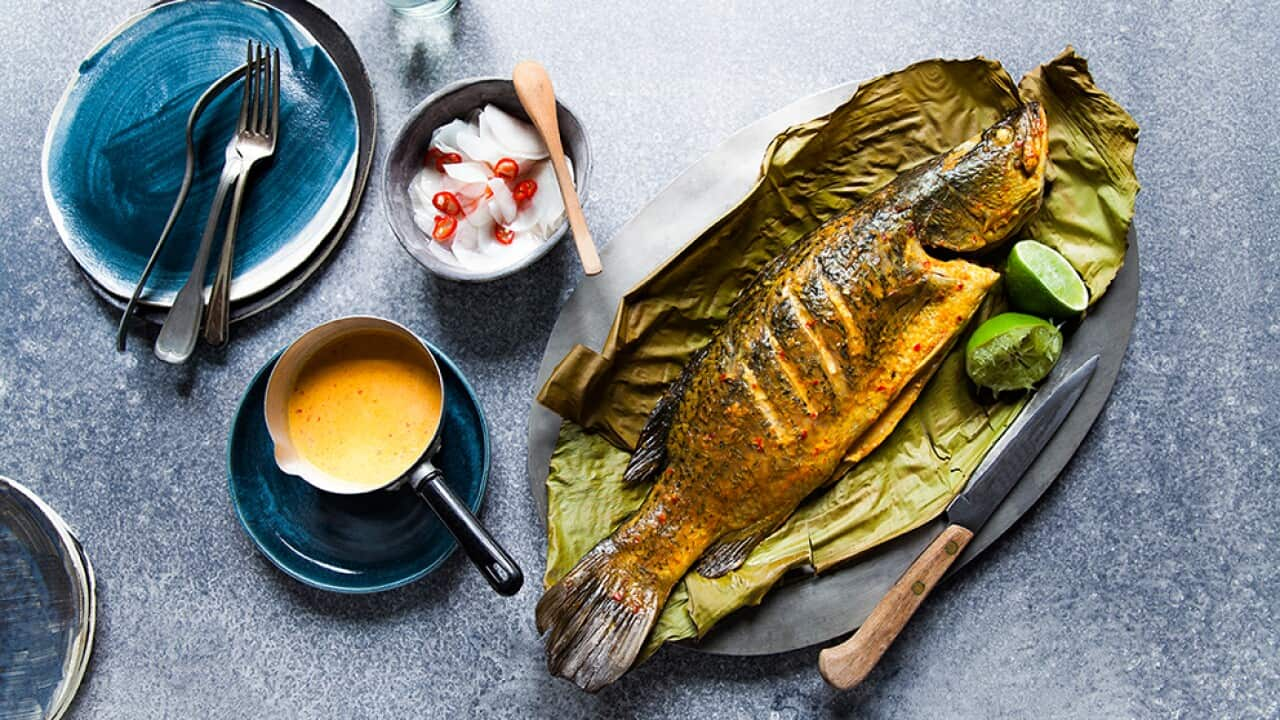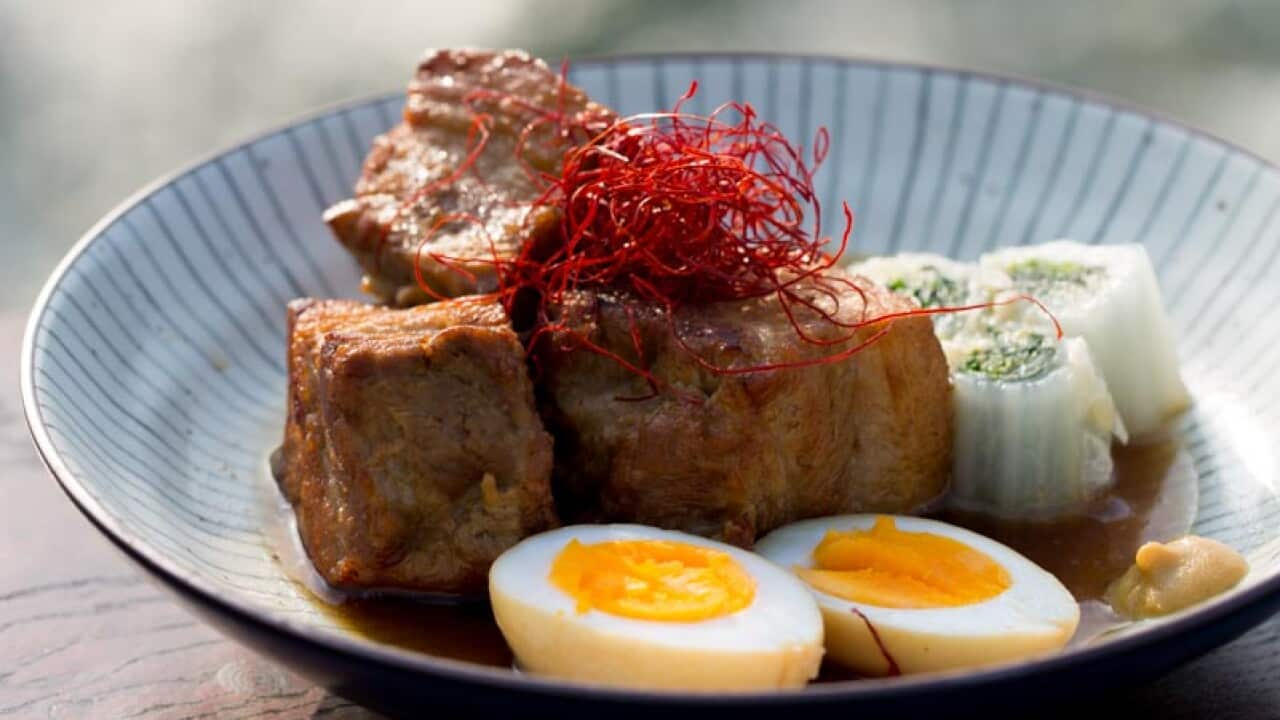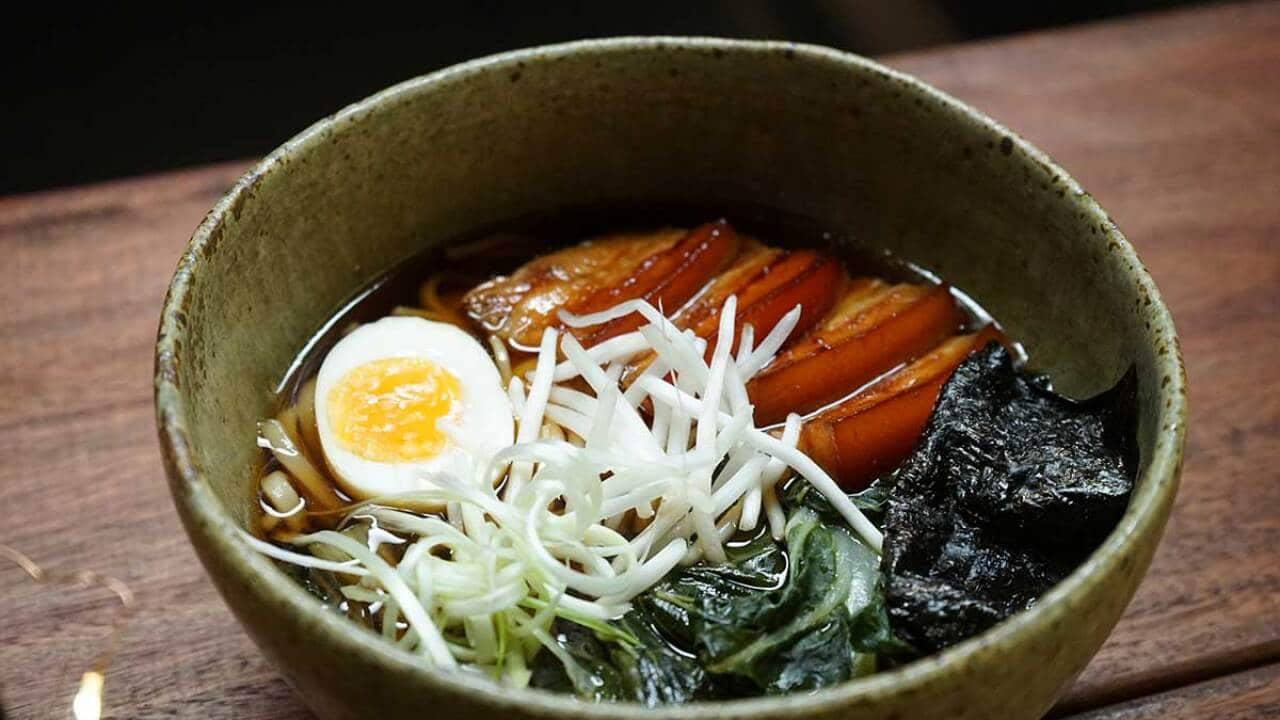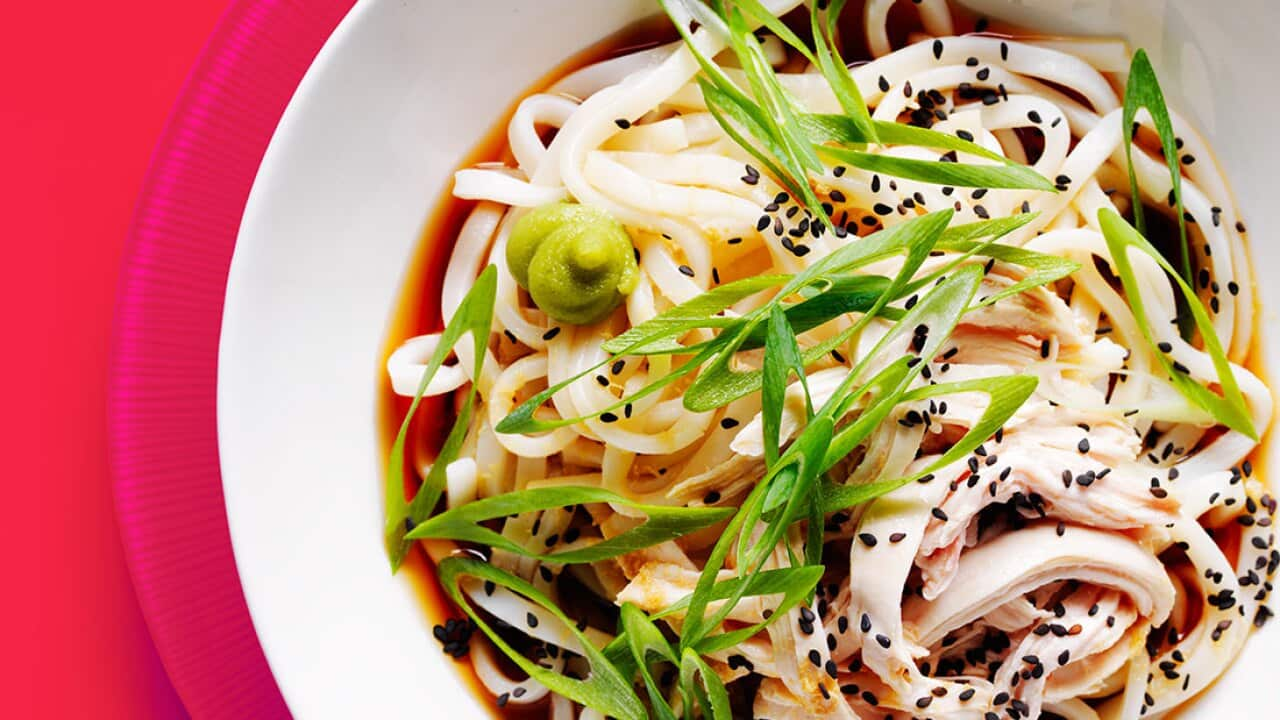Shrimp paste (虾酱)
Not to be confused with belacan (see below), this shrimp paste (har cheong) is used more widely in Chinese cuisine and ranges from a purplish lilac colour to a light muddy brown. Either way, it provides a funky way to salt your poultry and is used in the ubiquitous "" that you can find in practically every Southeast Asian "sze char" hawker stall.
Natto
This Japanese breakfast food is polarising - even to the Japanese! Soybeans are fermented, resulting in al-dente beans covered in a slimy film. Eaten with rice, this dish is touted to have many health benefits, but the taste is best described as well, acquired. Give it a try and let us know your thoughts! Find it in the frozen section of your local Japanese grocer.
Salted mustard greens (do chua)
Every culture has their pickles, but this Vietnamese version ferments mustard greens, lotus roots, bamboo shoots and various other crunchy vegetables for just a week to create a salty-sour accompaniment to other meals.

Vietnamese pickled vegetables (do chua)
Fermented bean curd
Also known as "fuyu" and "namyue", this Chinese fermented tofu is so versatile, it's used as both a condiment and seasoning! Blocks of tofu are fermented in salt and rice wine, and these cubes then break down in a salty, umami-laden paste that can be eaten in smears (like Vegemite!) with your congee, or rubbed all over your poultry and pork to brine it before roasting. You pick. Either way, the results are delicious!
Fish sauce
This amber liquid is to the Vietnamese what soy sauce is to the Chinese. Fish is coated in salt, and left to ferment, creating this salty, if a little funky, seasoning powerhouse. Other Asian cuisines have come to appreciate its unique aroma too - Indonesian, Malaysian and Korean recipes have been known to use fish sauce to give the food a tangy edge.

Fish sauce Source: simplyscratch.com
Fermented bean sauce
To call this an ingredient is quite misleading: it's really more like a category of ingredients. In different parts of China, a variety of beans - broad beans, soy beans, black beans - have been fermented (usually with rice and salt in deep earthenware vats) to create a sauce/paste that, like the fermented bean curd, is used as both ingredient and condiment. This practice has permeated different Asian cultures as well - the Korean doenjang and Japanese miso also came from the same fermented ancestor!
Rice wine
Where there is starch, there will be alcohol! Rice-based cultures - Chinese, Japanese, Korean, Vietnamese, Thai etc - have been making rice wine for centuries, and the resulting product is enjoyed both as a drink, and as a way to add another layer to their stir-fries and stews. Many Chinese-descended families still make their own rice wine: glutinous rice is fermented in a cool dark place to make the essential ingredient in a chicken dish that is served as a tonic to mothers who have recently given birth.
Belacan
The cornerstone of many Southeast Asian dishes, this brick of funk signals to all your neighbours down the street that you're cooking something savoury and delicious. The texture ranges from fudge-paste to powder-dry, but the convention is that you always toast it (charcoal preferred, but a dry pan is okay, too) before using to bring out the depth of flavour. A pinch of this elevates everything from stir-fried veggies, to laksa and especially your sambal! You do have a bottle of sambal at every dinner table, don't you? Sambal belachan is very useful to have around because you can create a huge amount of instant flavour by adding it to noodle, soup or rice dishes. Make your own and then serve it in .
Sambal belachan is very useful to have around because you can create a huge amount of instant flavour by adding it to noodle, soup or rice dishes. Make your own and then serve it in .

Nasi lemak Source: Randy Larcombe Photography
READ MORE

Belacan sambal
Katsuobushi
Made by a long process of smoking and drying (in caves!) skipjack tuna or bonito, this petrified block of fish is usually sold shaved into feathery light petals of fishy goodness. More commonly seen as a garnish on Japanese dishes like Okonomiyaki, takoyaki, and yakisoba, these terracotta-hued flakes are also used in making - the essential Japanese stock used for cooking everything from to .
airs 8pm, Thursdays on SBS and then you can catch-up on . Visit the for recipes, videos and more.







